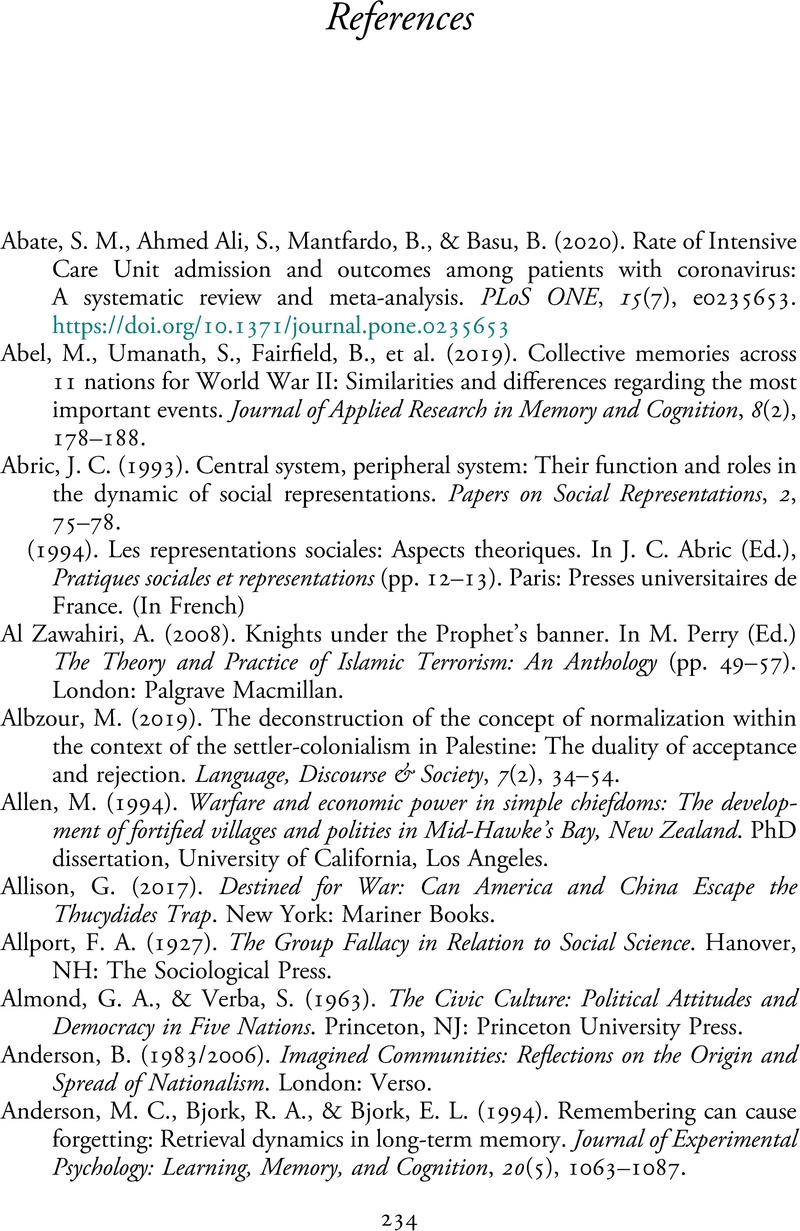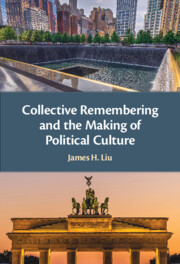Book contents
- Collective Remembering and the Making of Political Culture
- Collective Remembering and the Making of Political Culture
- Copyright page
- Contents
- Preface
- Part I Introduction to Collective Remembering
- Part II Developing a Theoretical Approach to Collective Remembering
- Part III Idiographic Case Studies of Collective Remembering
- References
- Index
- References
References
Published online by Cambridge University Press: 04 August 2022
- Collective Remembering and the Making of Political Culture
- Collective Remembering and the Making of Political Culture
- Copyright page
- Contents
- Preface
- Part I Introduction to Collective Remembering
- Part II Developing a Theoretical Approach to Collective Remembering
- Part III Idiographic Case Studies of Collective Remembering
- References
- Index
- References
Summary

- Type
- Chapter
- Information
- Collective Remembering and the Making of Political Culture , pp. 234 - 259Publisher: Cambridge University PressPrint publication year: 2022

